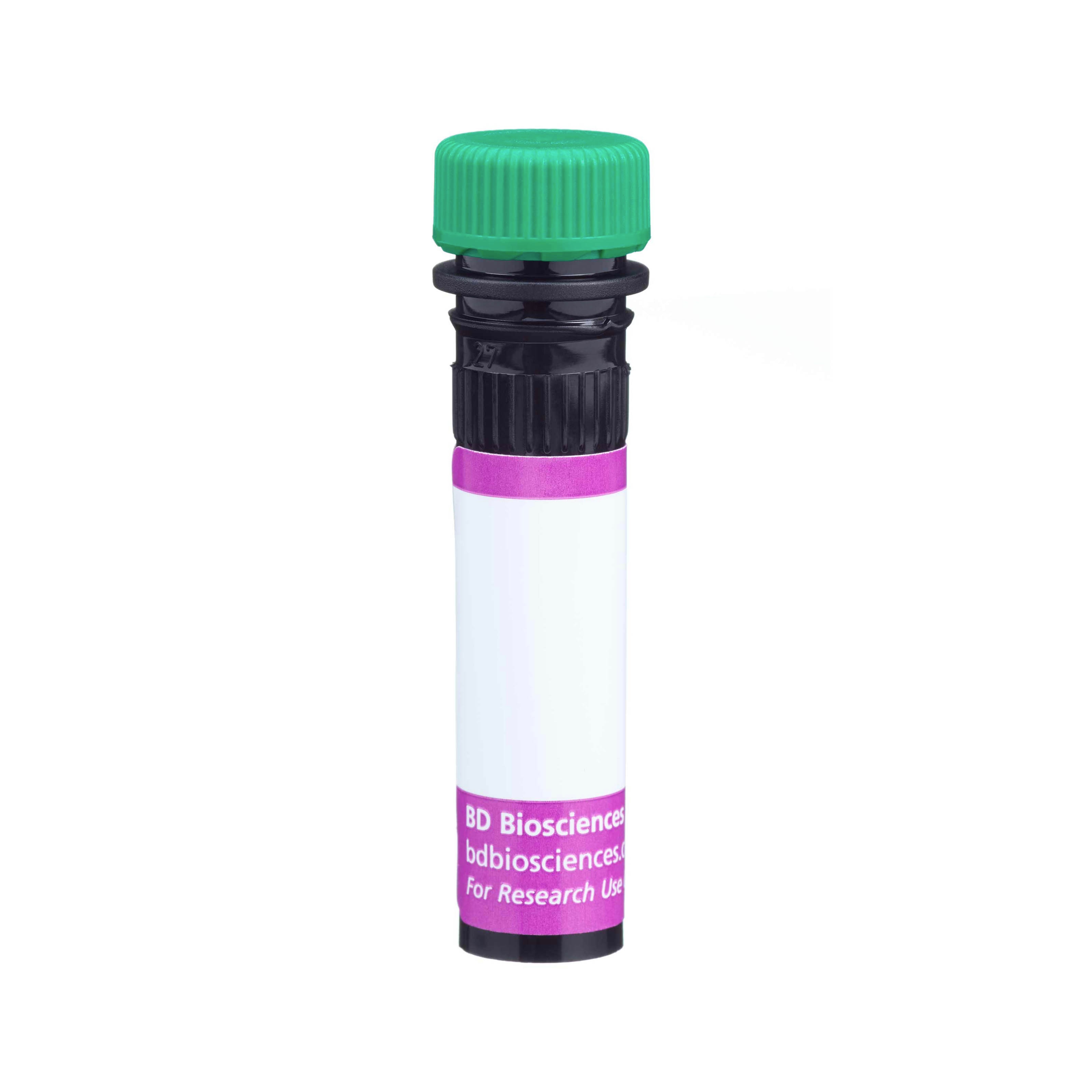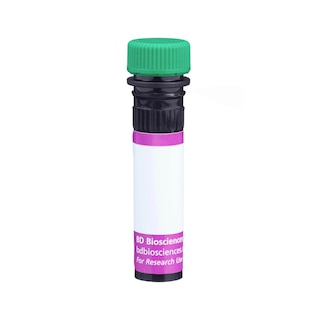-
Reagents
- Flow Cytometry Reagents
-
Western Blotting and Molecular Reagents
- Immunoassay Reagents
-
Single-Cell Multiomics Reagents
- BD® OMICS-Guard Sample Preservation Buffer
- BD® AbSeq Assay
- BD® Single-Cell Multiplexing Kit
- BD Rhapsody™ ATAC-Seq Assays
- BD Rhapsody™ Whole Transcriptome Analysis (WTA) Amplification Kit
- BD Rhapsody™ TCR/BCR Next Multiomic Assays
- BD Rhapsody™ Targeted mRNA Kits
- BD Rhapsody™ Accessory Kits
- BD® OMICS-One Protein Panels
-
Functional Assays
-
Microscopy and Imaging Reagents
-
Cell Preparation and Separation Reagents
-
- BD® OMICS-Guard Sample Preservation Buffer
- BD® AbSeq Assay
- BD® Single-Cell Multiplexing Kit
- BD Rhapsody™ ATAC-Seq Assays
- BD Rhapsody™ Whole Transcriptome Analysis (WTA) Amplification Kit
- BD Rhapsody™ TCR/BCR Next Multiomic Assays
- BD Rhapsody™ Targeted mRNA Kits
- BD Rhapsody™ Accessory Kits
- BD® OMICS-One Protein Panels
- New Zealand (English)
-
Change country/language
Old Browser
Looks like you're visiting us from United States.
Would you like to stay on the current country site or be switched to your country?
BD OptiBuild™ BV510 Rat Anti-Mouse CD117 (c-Kit)
Clone ACK45 (RUO)


Regulatory Status Legend
Any use of products other than the permitted use without the express written authorization of Becton, Dickinson and Company is strictly prohibited.
Preparation And Storage
Recommended Assay Procedures
For optimal and reproducible results, BD Horizon Brilliant Stain Buffer should be used anytime two or more BD Horizon Brilliant dyes (including BD OptiBuild Brilliant reagents) are used in the same experiment. Fluorescent dye interactions may cause staining artifacts which may affect data interpretation. The BD Horizon Brilliant Stain Buffer was designed to minimize these interactions. More information can be found in the Technical Data Sheet of the BD Horizon Brilliant Stain Buffer (Cat. No. 563794).
Product Notices
- This antibody was developed for use in flow cytometry.
- The production process underwent stringent testing and validation to assure that it generates a high-quality conjugate with consistent performance and specific binding activity. However, verification testing has not been performed on all conjugate lots.
- Researchers should determine the optimal concentration of this reagent for their individual applications.
- An isotype control should be used at the same concentration as the antibody of interest.
- Caution: Sodium azide yields highly toxic hydrazoic acid under acidic conditions. Dilute azide compounds in running water before discarding to avoid accumulation of potentially explosive deposits in plumbing.
- For fluorochrome spectra and suitable instrument settings, please refer to our Multicolor Flow Cytometry web page at www.bdbiosciences.com/colors.
- Please refer to www.bdbiosciences.com/us/s/resources for technical protocols.
- BD Horizon Brilliant Stain Buffer is covered by one or more of the following US patents: 8,110,673; 8,158,444; 8,575,303; 8,354,239.
- BD Horizon Brilliant Violet 510 is covered by one or more of the following US patents: 8,575,303; 8,354,239.
Data Sheets
Companion Products






The ACK45 monoclonal antibody specifically binds to CD117 (c-Kit), a transmembrane tyrosine-kinase receptor which is encoded by the Kit gene (formerly dominant white spotting, W). The c-Kit ligand (also known as steel factor, stem cell factor, and mast-cell growth factor) encoded by the Kitl gene (formerly steel, Sl), is a co-mitogen for hematopoietic stem cells and the myeloerythroid progenitors and a mast-cell differentiation factor. The Kit[W] and Kitl[Sl] mutant alleles have similar pleiotropic effects on the development of melanocytes, germ cells, and the hematopoietic system. In the adult bone marrow, CD117 is expressed on hematopoietic progenitor cells, including the CD90 (Thy-1)[lo] TER-119[-] CD45R/B220[-] CD11b (Mac-1)[-] Ly-6G (Gr-1)[-] CD4[-] CD8[-] Sca-1 (Ly-6A/E)[+] multipotent hematopoietic stem cells, progenitors committed to myeloid and/or erythroid lineages, and precursors of B and T lymphocytes. This widespread expression of CD117 in hematopoietic precursors is consistent with the participation of c-Kit and its ligand in the regulation of several hematopoietic lineages. Intrathymic expression of c-Kit and c-Kit ligand suggest that CD117 is also involved in the regulation of some events during the development of T lymphocytes. CD117 is also expressed by mast cells. The expression of CD117 has been included in protocols to isolate hematopoietic progenitors from fetal and adult peripheral blood. The specificity and functional activity of mAb ACK45 is very similar to that of the published antibody ACK22; it is reported to block the action of c-Kit in vitro and in vivo.
The antibody was conjugated to BD Horizon™ BV510 which is part of the BD Horizon Brilliant™ Violet family of dyes. With an Ex Max of 405-nm and Em Max at 510-nm, BD Horizon BV510 can be excited by the violet laser and detected in the BD Horizon V500 (525/50-nm) filter set. BD Horizon BV510 conjugates are useful for the detection of dim markers off the violet laser.

Development References (20)
-
Anderson DM, Lyman SD, Baird A, et al. Molecular cloning of mast cell growth factor, a hematopoietin that is active in both membrane bound and soluble forms. Cell. 1990; 63(1):235-243. (Biology). View Reference
-
Austen KF, Boyce JA. Mast cell lineage development and phenotypic regulation. Leuk Res. 2001; 25(7):511-518. (Biology). View Reference
-
Domen J, Weissman IL. Hematopoietic stem cells need two signals to prevent apoptosis; BCL-2 can provide one of these, Kitl/c-Kit signaling the other. J Exp Med. 2000; 192(12):1707-1718. (Biology). View Reference
-
Godfrey DI, Kennedy J, Mombaerts P, Tonegawa S, Zlotnik A. Onset of TCR-β gene rearrangement and role of TCR-β expression during CD3-CD4-CD8- thymocyte differentiation. J Immunol. 1994; 152(10):4783-4792. (Biology). View Reference
-
Godfrey DI, Zlotnik A, Suda T. Phenotypic and functional characterization of c-kit expression during intrathymic T cell development. J Immunol. 1992; 149(7):2281-2285. (Biology). View Reference
-
Huang E, Nocka K, Beier DR, et al. The hematopoietic growth factor KL is encoded by the Sl locus and is the ligand of the c-kit receptor, the gene product of the W locus. Cell. 1990; 63(1):225-233. (Biology). View Reference
-
Katayama N, Shih JP, Nishikawa S, Kina T, Clark SC, Ogawa M. Stage-specific expression of c-kit protein by murine hematopoietic progenitors. Blood. 1993; 82(8):2353-2360. (Biology). View Reference
-
Matsuzaki Y, Gyotoku J, Ogawa M, et al. Characterization of c-kit positive intrathymic stem cells that are restricted to lymphoid differentiation. J Exp Med. 1993; 178(4):1283-1292. (Biology). View Reference
-
Mirmonsef P, Shelburne CP, Fitzhugh Yeatman C 2nd, Chong HJ, Ryan JJ. Inhibition of Kit expression by IL-4 and IL-10 in murine mast cells: role of STAT6 and phosphatidylinositol 3'-kinase. J Immunol. 1999; 163(5):2530-2539. (Biology). View Reference
-
Moore T, Huang S, Terstappen LW, Bennett M, Kumar V. Expression of CD43 on murine and human pluripotent hematopoietic stem cells. J Immunol. 1994; 153(11):4978-4987. (Biology). View Reference
-
Nishikawa S, Kusakabe M, Yoshinaga K, et al. In utero manipulation of coat color formation by a monoclonal anti-c-kit antibody: two distinct waves of c-kit-dependency during melanocyte development. EMBO J. 1991; 10(8):2111-2118. (Biology). View Reference
-
Ogawa M, Matsuzaki Y, Nishikawa S, et al. Expression and function of c-kit in hemopoietic progenitor cells. J Exp Med. 1991; 174(1):63-71. (Immunogen). View Reference
-
Orlic D, Fischer R, Nishikawa S, Nienhuis AW, Bodine D. Purification and characterization of heterogeneous pluripotent hematopoietic stem cell populations expressing high levels of c-kit receptor. Blood. 1993; 82(3):762-770. (Biology). View Reference
-
Rico-Vargas SA, Weiskopf B, Nishikawa S, Osmond DG. c-kit expression by B cell precursors in mouse bone marrow. Stimulation of B cell genesis by in vivo treatment with anti-c-kit antibody. J Immunol. 1994; 152(6):2845-2852. (Biology). View Reference
-
Rodewald HR, Dessing M, Dvorak AM, Galli SJ. Identification of a committed precursor for the mast cell lineage. Science. 1996; 271(5250):818-822. (Biology). View Reference
-
Rodewald HR, Kretzschmar K, Swat W, Takeda S. Intrathymically expressed c-kit ligand (stem cell factor) is a major factor driving expansion of very immature thymocytes in vivo. Immunity. 1995; 3(3):313-319. (Biology). View Reference
-
Rodewald HR, Kretzschmar K, Takeda S, Hohl C, Dessing M. Identification of pro-thymocytes in murine fetal blood: T lineage commitment can precede thymus colonization. EMBO J. 1994; 13(18):4229-4240. (Biology). View Reference
-
Valent P. The riddle of the mast cell: kit(CD117)-ligand as the missing link?. Immunol Today. 1994; 15(3):111-114. (Biology). View Reference
-
Yamamoto Y, Yasumizu R, Amou Y, et al. Characterization of peripheral blood stem cells in mice. Blood. 1996; 88(2):445-454. (Biology). View Reference
-
Zsebo KM, Williams DA, Geissler EN, et al. Stem cell factor is encoded at the Sl locus of the mouse and is the ligand for the c-kit tyrosine kinase receptor. Cell. 1990; 63(1):213-224. (Biology). View Reference
Please refer to Support Documents for Quality Certificates
Global - Refer to manufacturer's instructions for use and related User Manuals and Technical data sheets before using this products as described
Comparisons, where applicable, are made against older BD Technology, manual methods or are general performance claims. Comparisons are not made against non-BD technologies, unless otherwise noted.
For Research Use Only. Not for use in diagnostic or therapeutic procedures.
Refer to manufacturer's instructions for use and related User Manuals and Technical Data Sheets before using this product as described.
Comparisons, where applicable, are made against older BD technology, manual methods or are general performance claims. Comparisons are not made against non-BD technologies, unless otherwise noted.